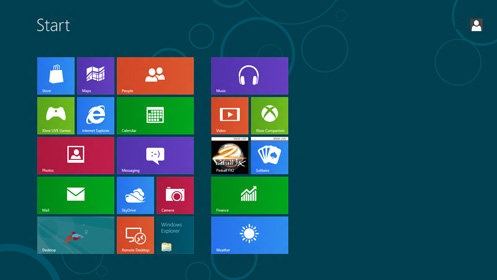Windows 8 Consumer Preview install

Hi,
I have a Sony tablet which I purchased in the last quarter of 2011 and now I want to install the latest Windows 8 Customer preview into the device. Is there any expert who can stretch out a helping hand to me with this issue?













